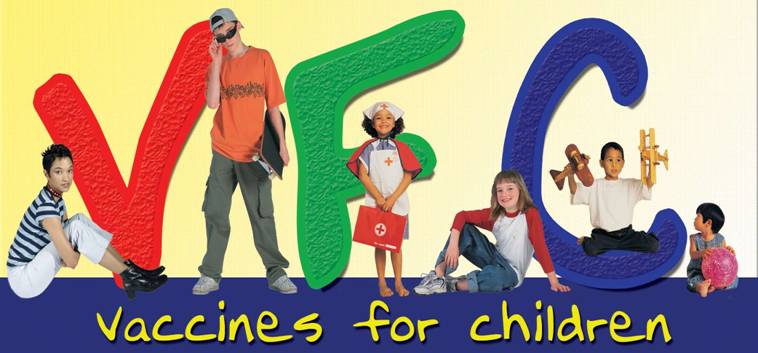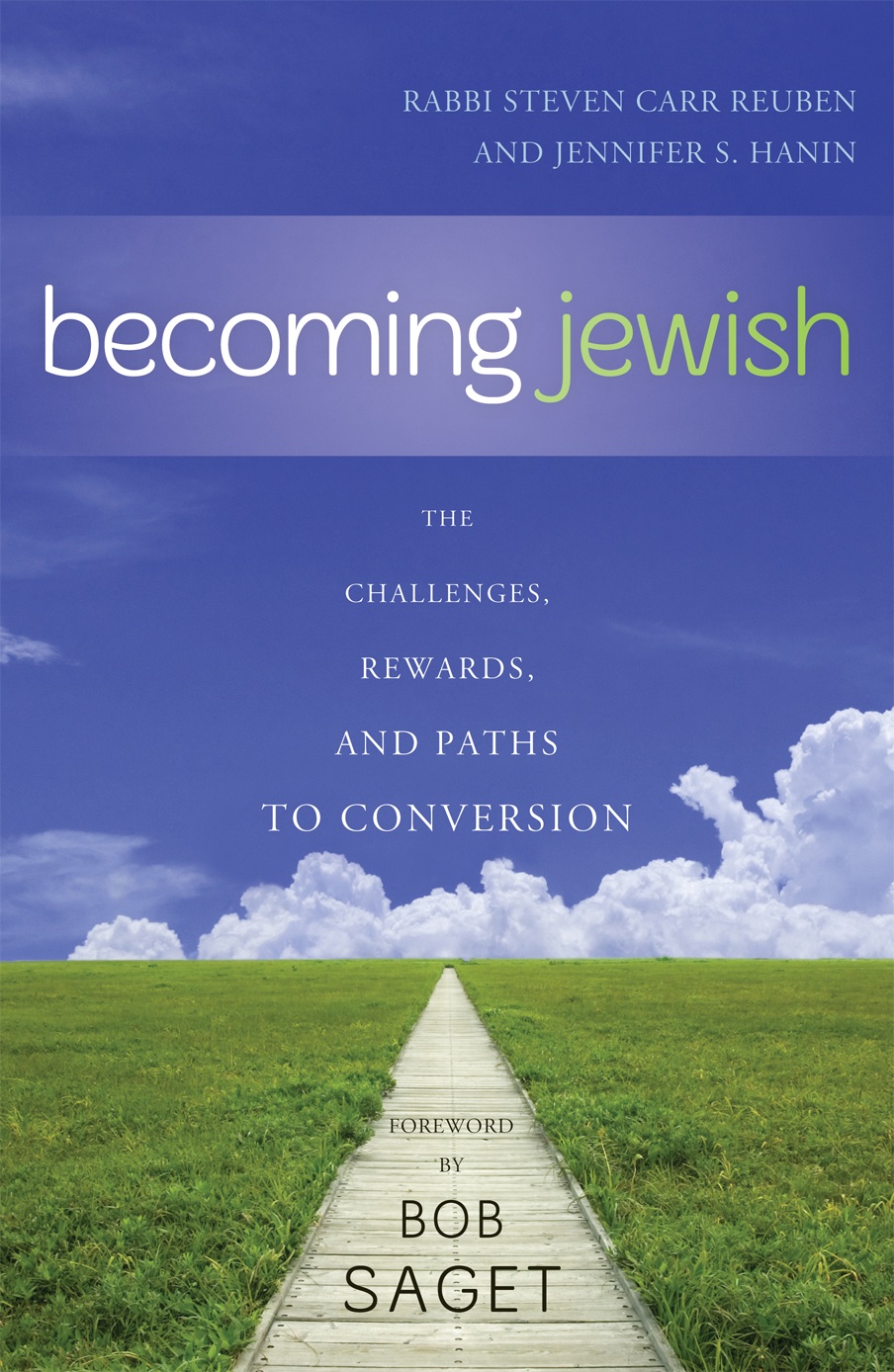Archive for the ‘print media’ Category
posted by AJGpr |
on parenting, print media |
With fewer vaccinations, is your child’s school safe?Too many parents are seeking exemption from California’s vaccination law.
Across the country, preschools and elementary schools are declaring themselves nut free or peanut free, asking families not to pack lunch foods that could pose life-threatening dangers to highly allergic children. And the prohibitions are expanding beyond nuts. Some schools, for example, have prohibited powdered cheese products to protect children who are especially dairy sensitive.
These measures may be excessive, but as a physician, I understand the desire to protect students. Children with serious allergies really can have severe reactions to trigger foods, so it’s not that surprising that some schools have reacted aggressively.
But the great bulk of children face a far greater risk of harm from disease. If the goal is really to protect children, I’d like to see all schools declared “unvaccinated-free zones.”
The law in California mandates that students in public and private schools be immunized, but it also allows easy-to-get exemptions for personal beliefs.
Although some 90% of the state’s kindergartners are up to date on their immunizations, it is not uncommon for individual public elementary schools to report that more than one-third of their kindergartners are not.
And if you’re thinking this must be a problem unique to schools in low-income neighborhoods, think again. One of Malibu’s three elementary schools reported that just 58% of its kindergartners were up to date on their vaccinations, and some other affluent areas throughout the state have schools with similar compliance rates.
Private schools vary widely, but some have rates of less than 20%. Yes, that’s right: Parents are willingly paying up to $25,000 a year to schools at which fewer than 1 in 5 kindergartners has been immunized against the pathogens causing such life-threatening illnesses as measles, polio,meningitis and pertussis (more commonly known as whooping cough). In order for a school to be considered truly immunized, from a public health standpoint, its immunization rate needs to be 90% or higher.
Parents have varied reasons for choosing not to immunize their children. Some are concerned that vaccinations raise the risk of autism, although study after study has debunked this myth. Others, concerned that small bodies can’t tolerate so many vaccines at once, have decided to spread out the schedule recommended by the American Academy of Pediatrics and the Centers for Disease Control and Prevention, though there is little evidence to support this practice. Some parents think that because some of the illnesses for which kids get immunized are extremely rare these days, there’s little reason to vaccinate.
But here’s the reality: These diseases do exist, and we’re already seeing some of them make a comeback.
When I was in medical school, pertussis was discussed primarily in the past tense. We learned about how whooping cough had taken the lives of many people in the 1930s, before a vaccine was available. It felt like ancient history. But now, pertussis has made a comeback in California and other states, causing severe illness in kids and adults. Children have died.
There is also a vaccine now to protect against Haemophilus influenzae type b, a bacterial disease that can cause severe respiratory illnesses, meningitis, eye infections, blocked breathing and even death. In the years after the vaccine was licensed in 1985, the disease was nearly eradicated, but now it’s back too.
Dr. Jonas Salk, creator of the polio vaccine, spoke at my medical school graduation. Polio killed millions and paralyzed millions more, but thanks to Salk and Albert Sabin, whose vaccine came soon after Salk’s, we haven’t seen outbreaks in the U.S. since the 1950s.
It used to seem a sure bet that polio was gone for good in the United States and would soon be eradicated everywhere. In 2012, just 223 cases of polio were reported worldwide, all but six of them in the three countries where the disease remains endemic: Afghanistan, Pakistan and Nigeria. One barrier to complete eradication has been suspicion toward the vaccine in remote areas of those countries. It’s ironic that vaccine suspicion is now growing here as well.
It still seems likely we’ll win the war against polio. But it’s no longer looking all that certain with whooping cough, meningitis and measles, to name a few. They could be coming soon to a school near you.
Check vaccination rates at your child’s school.
posted by AJGpr |
on parenting, print media |
Writer Suzanne Schlosberg reached out to several parenting experts for her story in Parenting magazine on “How To Keep Control And Your Cool – While Your Kids Test Limits Every Which Way They Can.” My client, parenting expert Betsy Brown Braun was among the experts who weighed in on this important topic.
For the full story click here.
Betsy is the best selling author of award winning Just Tell Me What To Say and You’re Not The Boss Of Me,
posted by AJGpr |
on parenting, print media |
Heidi Smith Luedke reached out to my client, Fran Walfish Psy.D., a Los Angeles-based clinical psychotherapist for her piece in Calgary’s Child about why kids tattle and how to respond.
Here’s the full story:
Nobody likes a tattletale – not even their mother or father. If your child’s playdates and sleepovers are punctuated by whiney reports of misdeeds and injustice, you may be tempted to clear your kid’s social calendar. Not so fast. Interactions with siblings and friends allow kids to practice communication, negotiation and compromise. And dissatisfaction is part of the process.
“In early childhood, it’s normal for kids to share social problems with parents,” says psychologist and school consultant Michael Thompson, Ph.D., author of Best Friends, Worst Enemies: Understanding the Social Lives of Children. At times, they legitimately need our help resolving disputes and soothing hurt feelings. But by second grade, the prohibition against inviting adults into social conflicts is clear. “Kids who tattle get labelled – tattletale, squealer, snitch – and left out,” says Thompson. Bringing infractions to an adult’s attention sets your kid up for friendship failure.
Why kids tattle
Parents might assume kids tattle because they don’t feel empowered to stick up for themselves, says Fran Walfish, Ph.D., a child and adolescent psychotherapist. That’s not true. “Kids tattle because they’ve developed a strong sense of right and wrong and they start policing other people,” says Walfish. Tattletales suffer from an overdose of conscience.
“Tattling at home may also be rooted in sibling rivalry,” says Walfish. An older child might feel they are held to a higher standard than their younger siblings, or that they are disciplined more severely. And they may be right. “Parents need to take an honest look within,” says Walfish. “If you are harsh and judgmental with your children, they’ll act the same way with peers.”
How to respond
It seems obvious: giving attention to a child who tattles will only reward them for tattling. But experts say parents shouldn’t dismiss kids’ reports or tell them to “get over it.” Sometimes kids who tattle just want a safe place to share their concerns.
“Kids won’t say, ‘I need you to listen to this and be outraged on my behalf and then do absolutely nothing,’” says Thompson, “but 90 per cent of the time that is what they want.” When your child comes to you with a story, listen, accept, acknowledge and bear it. Ask questions about how your child plans to handle the situation – that will bring out their inner resilience.
Tattletales who judge and blame are usually more focused on their peers’ behavior than their own. “Position yourself as a mediator,” says Walfish. Kids should present their concerns to each other, not to authority figures. Give each child a chance to speak their piece without interruption or name-calling. You want them to learn how to wrestle with a conflict face-to-face without demeaning the other person.
“This won’t come easy,” Walfish cautions. It is common for parents to get drawn into the dialogue. Step back emotionally so you can coach your child through it without taking sides.
After each child has a chance to talk, ask, “How could you work this out?” Listen to kids’ ideas for addressing the problem. If they don’t have any, offer some suggestions. Let kids choose how to proceed. “The resolution is not nearly as important as the process of working it out,” says Walfish.
Except in extreme circumstances – like when one child is intentionally hurt or belittled – don’t take sides or punish the other child for what a tattletale reported. “Play the role of supportive consultant, not hired gun,” says Thompson. You’ll reinforce the tattler if you act on the information they offered.
Chronic tattling can leave parents feeling frazzled. It may help to arm yourself with kind, matter-of-fact phrases you can use in response, says Walfish. Say, “There are only two grown-ups in this house, and it’s our responsibility to enforce the rules.” Assuring ‘kid cops’ that you are on the job may reduce their need to patrol and shift their attention back to their own activities.
Practice compassion
Not all sharing is tattling, and there will certainly be times when you must intervene to protect your child. Be cautious in your assessment of the situation. “Parents are too quick to define peer behavior as bullying and to accuse other kids, parents or teachers of wrongdoing,” Thompson says. Rushing to judgment reinforces a child’s sense that they are a victim in need of rescue.
It’s usually best to diffuse hurt feelings with empathy instead of going on the offensive. Set the expectation that tomorrow will be a better day. Spend one-on-one time with your child doing something they enjoy. Loving attention can quiet even the noisiest tattletale.
posted by AJGpr |
on beauty, print media |
The Oatmeal RX is the title of a feature story in the October issue of Breathe magazine by Colleen Oakley.
Here’s the story which features my client Randi Ragan, the founder/owner of GreenBliss EcoSpa and a Green Living and Holistic Lifestyle expert.
It isn’t just the perfect fall morning treat – oatmeal is the latest skincare ingredient to boost your beauty factor.
There’s nothing like a warm bowl of oatmeal on a chilly autumn morning to fill you up and keep you going all day long. But it’s not just for breakfast anymore-applied topically, it can be the perfect treat for your skin too.
“Oats have long been used for enhancing the quality of skin” says Randi Ragan, holistic lifestyle expert and owner of the GreenBliss EcoSpa in L.A. “They are chock-full of phytonutirents and antioxidants, which help keep you glowing and youthful.”
Oatmeal is also high in zinc, she says, which helps the healing process of the body and skin, so oatmeal is a great ingredient for treating acne, as well as itchy skin rashes like poison ivy.”
And ground up, the texture of oatmeal becomes a great exfoliator.
DO IT YOURSELF APPLE EXFOLIATING MASK
Skip the beauty counter and make your own oatmeal skin treatment with this recipe from Randi Ragan. This dual-action scrub rids the skin of dead cells and the apple juice tightens and tones. Honey has natural anti-micobial properties and works with the oatmeal to calm inflamed skin.
How to: Mash Oats, cornmeal and honey into a thick paste with fork. Combine with apple pieces in a food processor or blender until smooth. Apply in a circular motion on face and then let sit for 20 minutes. rinse with warm water.
2 tbsp. Rolled Oats
1 1/2 tsp. Cornmeal
1 tbsp. Honey (any sticky syrup will work)
1/2 Apple peeled and cut into chunks
posted by AJGpr |
on parenting, print media |
One big question for parents is what to do when the grandparents idea of discipline is more harsh than their own.
When Heidi Stevens, who writes the “parenthood” column for the Chicago tribune asked family psychotherapist Fran Walfish and author of The Self-Aware Parent (Palgrave Macmillan) to weigh in, here’s what she had to say. “Children from age 3 and up are able to differentiate between their parents’ authority and their grandparents’ authority,” says “A grandparent who misses a child’s emotional cues and doesn’t encourage expression of feeling is not nearly as impactful on the kids as a parent who does so. Not even a fraction.”
To read more click here.
posted by AJGpr |
on print media, religion |
Becoming Jewish: The Challenges, Rewards, and Paths to Conversion, an all inclusive, step-by-step guide to converting to Judaism by Rabbi Steven Carr Reuben and Jennifer Hanin just received a rave review from Jewish Book World.
posted by AJGpr |
on health, parenting, print media, web |
Dr. Nina Shapiro, the Director of Pediatric Otolaryngology and Associate Professor at the David Geffen School of Medicine at UCLA, is the author of Take a Deep Breath: Clear The Air For The Health Of Your Child . She lends her expert addice in the december issue of Staten Island Parent. Take a look at pages 66/67 and find out if your child is breathing right.
posted by AJGpr |
on parenting, print media |
Recently, my client Dr. Fran Walfish, a Beverly Hills Psychotherapist and author of The Self-Aware Parent shared her expertise with Central Valley Moms on the topic of gifted children and how best parents can nurture and support nurture their out of the ordinary child.
posted by AJGpr |
on parenting, print media |
My client Dr. Nina Shapiro helps keep our kids safe from choking on Halloween with these great tops featured in Westside Today.
What child doesn’t love Halloween? In fifteen years as a pediatric ear, nose, and throat doctor, Halloween is always my slowest workday. What parent would dare subject their child to a doctor’s appointment, or (perish the thought!) a surgery, on the most sacred of sugar-filled days? Everyone gets involved; newborns don some sort of cute, oversized pumpkin onesy, or get dressed up as a pea in a pod. Toddlers waddle around as bunnies, lions, and teddy bears; preschoolers wear capes or carry fairy wands, and elementary schools are laden with Harry Potters and Wonder Women. And the candy is endless! Sugar is limitless, kids are allowed to scare their teachers (within reason), and school assignments undoubtedly include some sort of crossword puzzle with the word ‘jack-o-lantern’ in it.
All of us know the good part about Halloween; I’ve never met a parent who hasn’t ‘shared’ in their child’s Halloween bounty, and many hope to snap an adorable kid-in-a-costume shot that may work for a holiday card photo. But we must remember the safety issues that arise on this holiday.
All of us rightly worry about losing our child on a dark, crowded street, errant cars injuring children who are running into the street, careless adults on cell phones, not paying attention to their children who are running into the street, or not being able to get our sugar-loaded children to sleep on a school night.
But here’s what I worry about, and, while Halloween day is often a quiet one, Halloween night can be frightful for an airway surgeon because of choking. I don’t mean choking on clothing that is too tight, or external choking by a teenage prankster. I mean choking on regular old candy. The kind your child brings home from preschool, receives from your neighbors, and likely the kind that you are giving out. Choking is the number one cause of accidental death in children under age three years. Yes, it’s true. One child dies every five days in this country from choking on food. Most of these kids are under age three, and most of the food items causing these horrors do not contain warning labels indicating the danger to the under-three crowd.
It’s that ‘magic’ age three, when kids cross the threshold and are allowed to play with toys comprised of ‘small parts’. But what about food with small parts, sticky bits, or unsafe fragments? What was the last food (or candy) label you’ve read with the commonly found toy warning “not for children under three”? Still thinking? Let me know, because those labels don’t exist. And now I’m here to rain on your Halloween parade; no candy is safe for children under three. Label or no label. This includes gum, even if it’s sugarless. Tots can chomp on a thin, plain chocolate bar, if they are seated (so don’t steal those Hershey® bars from your kid’s bag—that’s all they should be allowed to eat).
Children under age three years have neither the motor control, patience, nor airway reflexes to safely eat hard candy, chewy candy, caramel corn, popcorn, or nutty candy, especially on a busy, dark, Halloween night. Older children should be able to do so, but not while walking around trick or treating. Even kids over age four or five years are at high risk for choking on candy if they eat it while in action, and a choking event may go unnoticed if their face is hidden under a Darth Vader mask.
There is plenty of fun to be had on Halloween, while heeding these simple anti-choking tips; awareness is the first and most important step, which is why I’m writing this. So, Happy Halloween! From your neighborhood airway doctor. Let’s meet up at a party or while trick or treating, not in the emergency room.
Dr. Nina L. Shapiro is the Director,Pediatric Otolaryngology and an Associate Professor at the UCLA School of Medicine.
posted by AJGpr |
on parenting, print media |
If you missed the July issue of Parents click here and find out what Dr. Walfish has to say about when it is appropriate for little girls to cover without shirts and when it is time to cover up
















